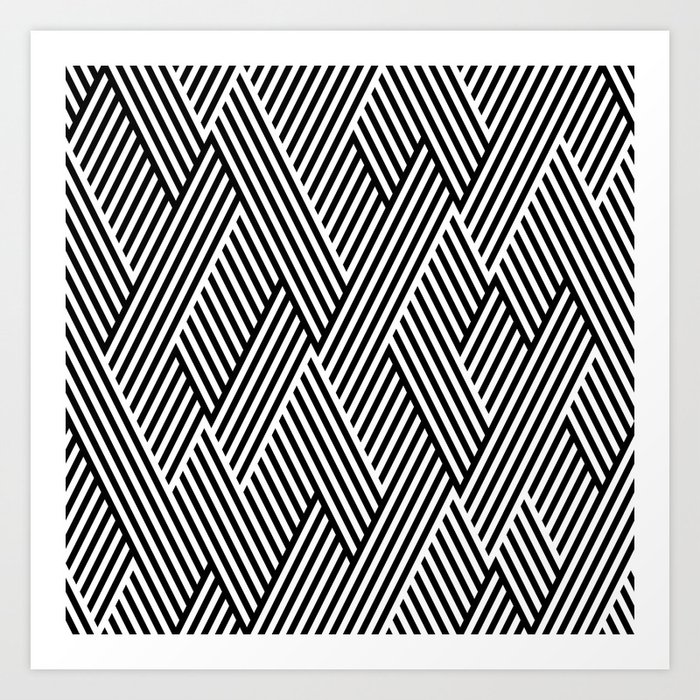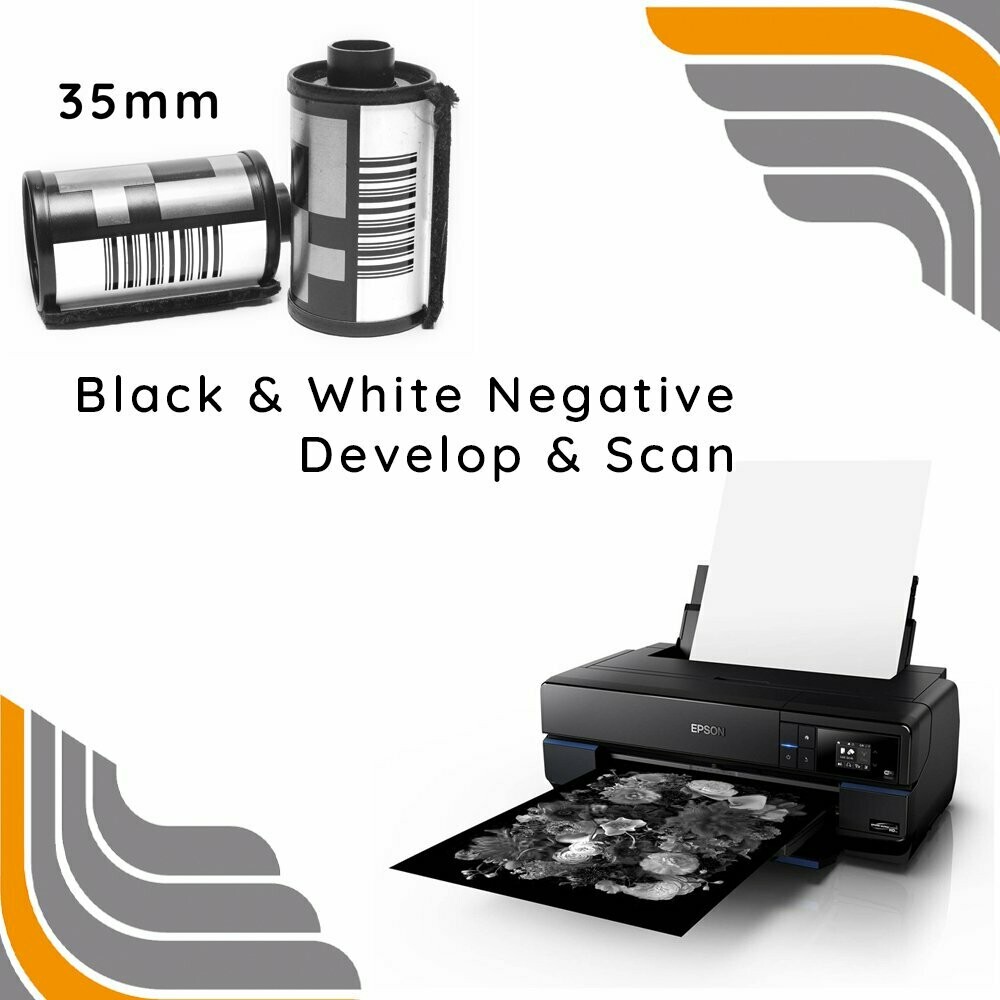Neat Tips About How To Develop A Black And White Print

This way you can see the difference in exposure across your negatives.
How to develop a black and white print. If you have always wanted to learn how to make a black and white. A darkroom is a place to develop photographic prints and/or negatives and is divided into two sections: Then, slide your print face up into the developer in one smooth motion, ensuring that the entire surface of the print is submersed.
As part of its quest to redefine black and white photo printing, canon investigated a wide variety of different print media from around the world. This needs to be done in complete darkness. Loading the exposed film step two:
Negatives, developing equipment, chemicals, etc. There is nothing quite like the magic of seeing your first darkroom print appear in the tray. First, the video gives a rundown of all the items needed;
So, what exactly does it take to develop black and white 35mm or medium format film at home? Laboratory photography techniques allow you to develop black and white films yourself and make prints on silver paper without too much difficulty. Get ready let’s start with loading the film.
So here’s my list. My photography journey actually started in black and. Expert tips for shooting on black and white film;
Good luck getting those pictures developed. She helps you compile a list of all the supplies you will need, shows you the. This striking black and white.
First, start your timer. Diy got a yen for film? A dry side (for making the prints from negatives using an.
Then, i added about 30 seconds to be safe. Developing the film step four: Stopping the developer step five:
I developed all the color rolls based on how long a black and white with the same iso would be developed. Even as analog photography experiences a serious renaissance period, few locations remain to. How to develop black and white film photography at home;
Keep reading as we discuss the advantages of developing your. If you have a dark room that’s perfect, to make things easy in the. Place a strip diagonally under your negatives, to cover a broader range of frames.


















